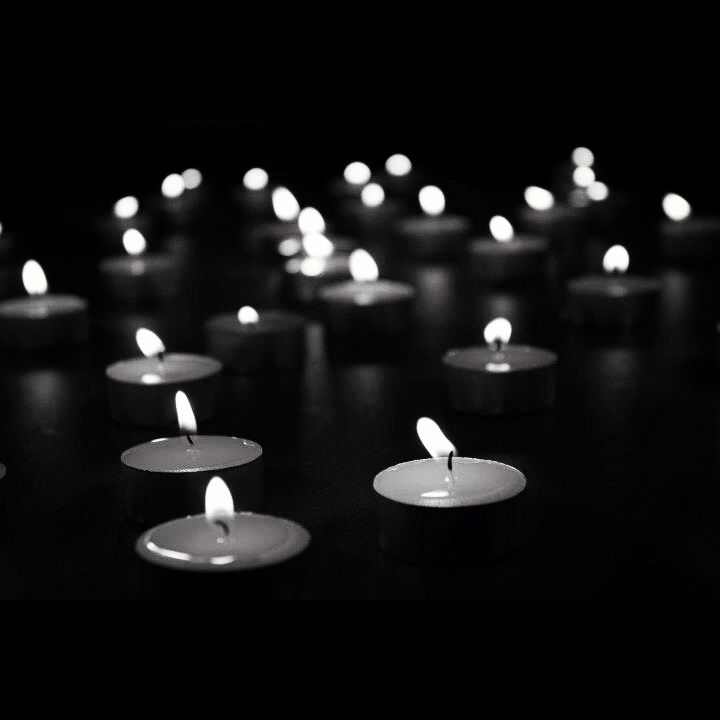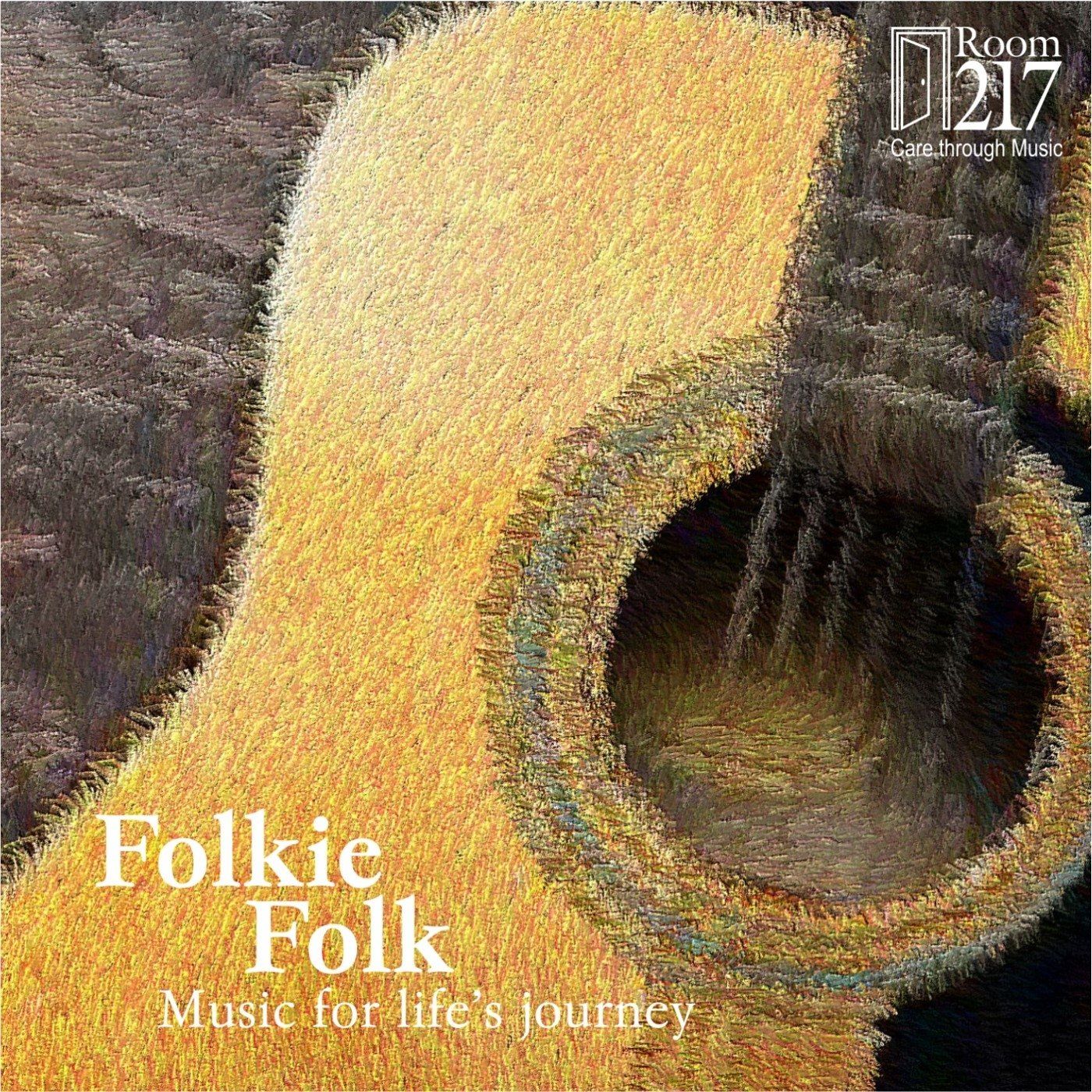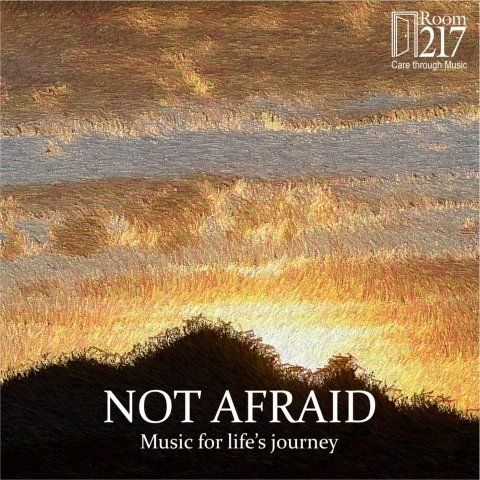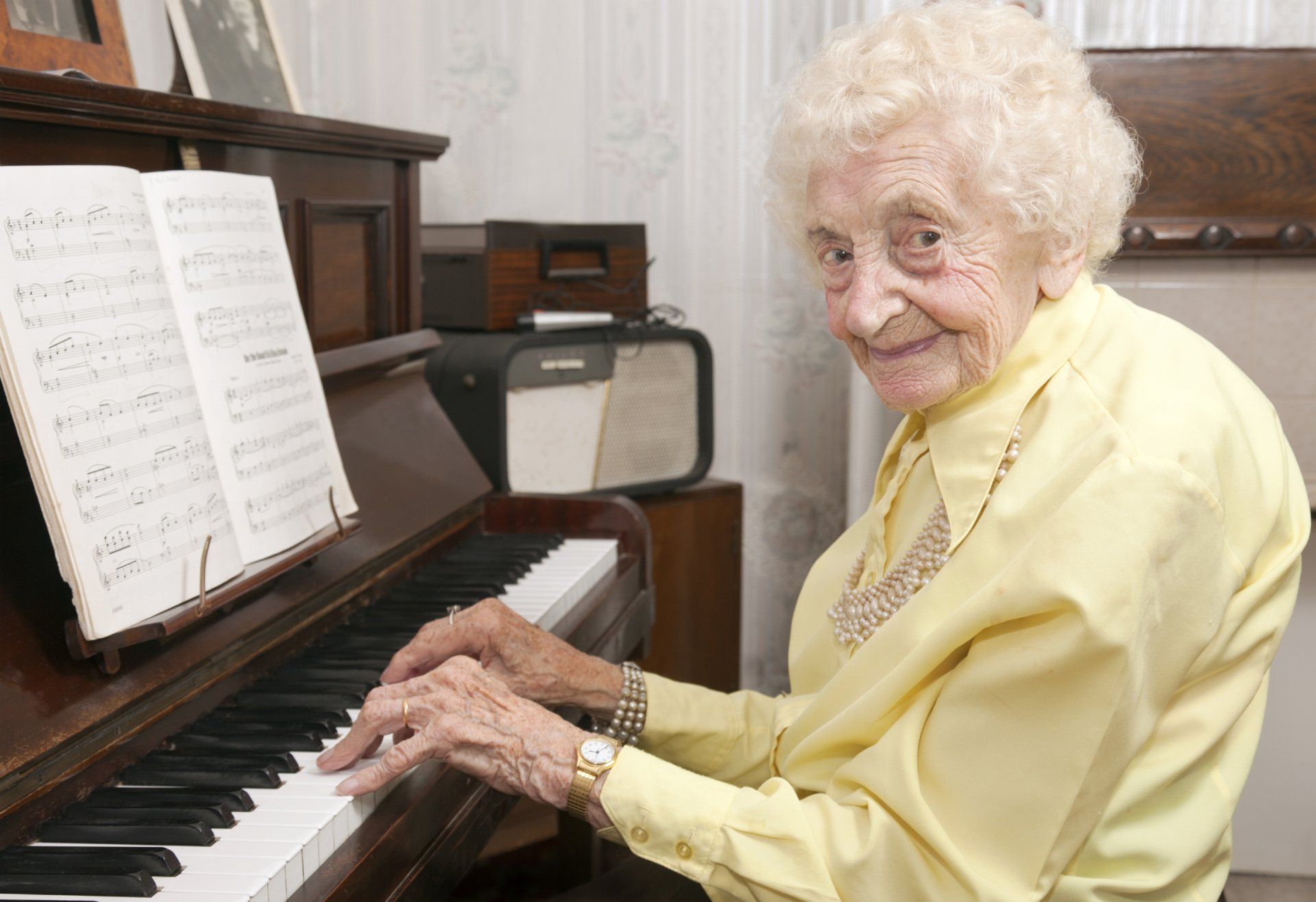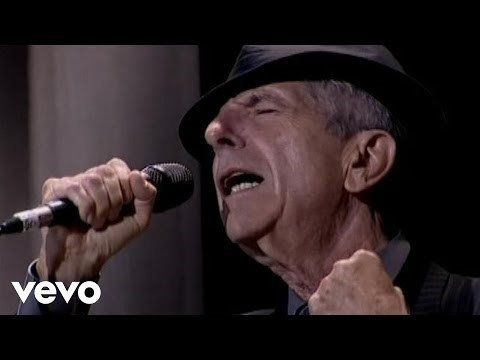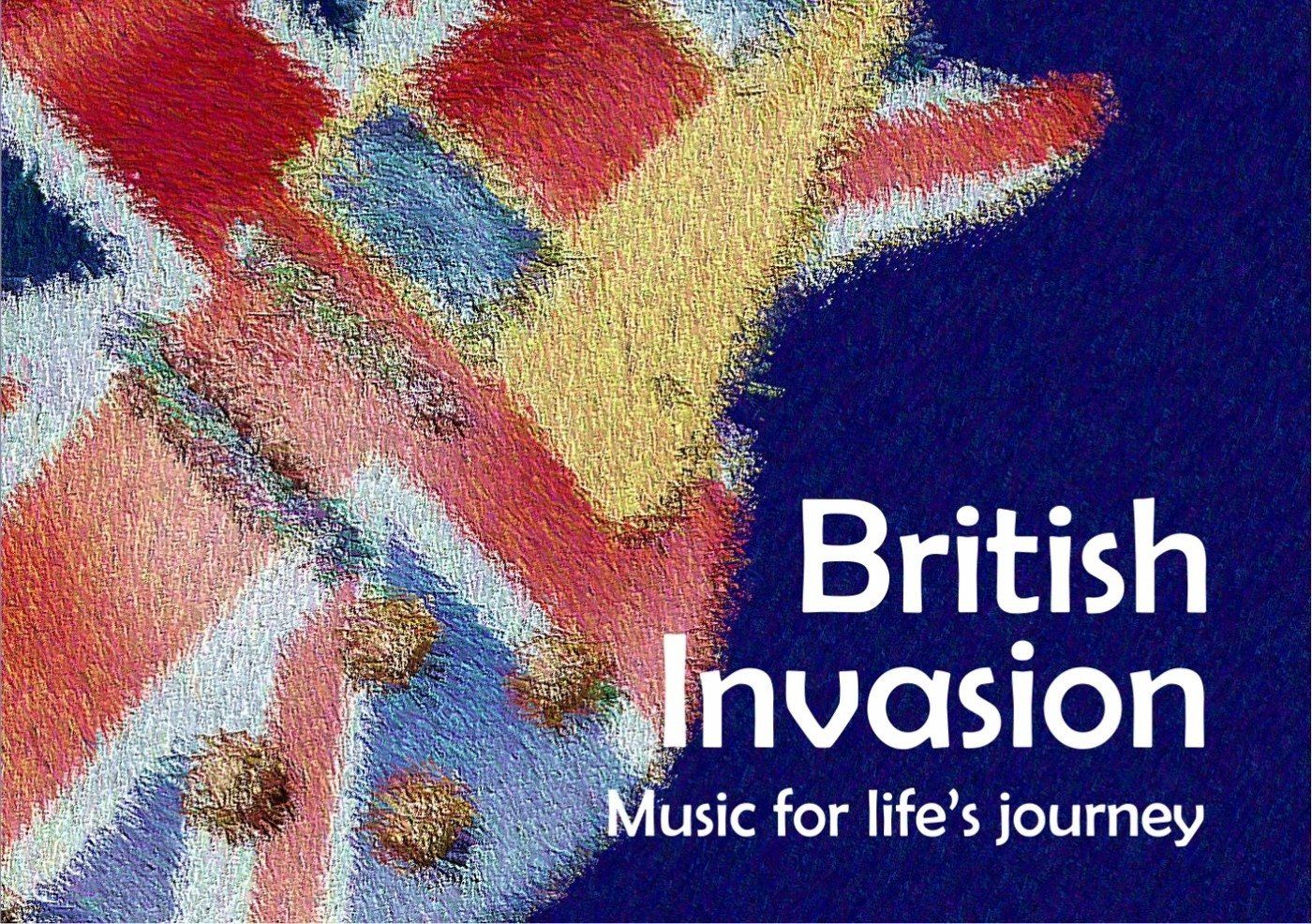Everywhere at the End of Time: Understanding Dementia Through Music
This article was written by Chelsea Mao and is part of a series provided by upper year Health Sciences students at McMaster University.
Everywhere at the End of Time by The Caretaker is the alias of English electronic musician Leyland Kirby. This is a 6-album series in which they use loops of sampled vintage jazz music, featuring tracks such as “Heartaches” by Al Bowlly and “Say It Isn't So” by Layton & Johnstone. The product depicts a slow and harrowing progression, as it is a piece of haunting experimental music and noise. The albums were released from 2016 to 2019 in 6-month intervals to convey the passing of time, rendering themes of decay, melancholy, and confusion through this abstract 6-hour series.
The first album is simply a compilation of samples of 1930s jazz music, noting that those living with dementia today have most likely lived through that era of music. As we progress to the second and third albums, the music slows down but is still recognizable, similar to how life slows down with time, but we still possess memories of the past. The music becomes distorted and eerie, and the sounds of the vinyl record crackle, symbolizing the waning of one’s memories with hints of confusion. It almost sounds like the realization of memories fading away with an incohesion of the past. The fourth album is when it feels like it’s practically an entirely different album. Songs and instruments start and stop playing randomly, exemplifying the memories becoming entangled and repetitive. The fifth album brings a level of fear to this 6-album series. It made the unfamiliar sounds of album four sound familiar, caked with a layer of confusion. The last album is a depressing depiction of uncertainty. The sounds of this album are so quiet that they seem loud.
There are many misconceptions about what dementia is defined as, but generally, dementia is an umbrella term used to describe diseases that cause abnormal brain changes. Most commonly, people living with dementia struggle with cognition and experience a range of behavioural and psychological symptoms like agitation or depression. Although it’s found that Dementia often impacts people over the age of 65, some can still experience it at an earlier age, as early as their 40s and 50s. So, it’s crucial to grasp the symptoms of dementia and find ways to mitigate such symptoms to ease your loved ones with dementia.
This is why I chose Everywhere at the End of Time, as music is a universal language that we can use to communicate with each other, no matter our background. The album helps us, the caregivers, to recognize the distressing and frightening reality of people living with dementia.
For my entire life, I’ve always loved to drink Coca-Cola, and I think part of it was conditioned by my grandma. She always had a can of Coca-Cola, whether she was watching TV or playing board games with me. A few years ago, she was diagnosed with Alzheimer’s disease. It took a toll on me because we had always been really close, and with her living in China, I felt useless because I wasn’t able to be there and care for her. She's at the stage now where she hardly recognizes me. I understand that her memory of me and herself is fading, but I know that she is still there because even when she is having trouble eating food, she will always have a Coca-Cola with her meals. Although it’s hard for me to watch someone who essentially raised me (alongside my mom) suffer through this, I can’t fathom the pain and confusion she has to endure with dementia.
I think many caregivers struggle to help patients experiencing dementia, and it can even have an adverse effect on their personal mental health and flourishing. However, music can be used by the caregiver or anyone to connect with those living with dementia, and I think it’s such a powerful tool for overcoming barriers between caregivers and their patients. Whether we use music for communicating with others or for regulating emotions, it’s pieces like Everywhere at the End of Time remind us how closely related music and health are.

